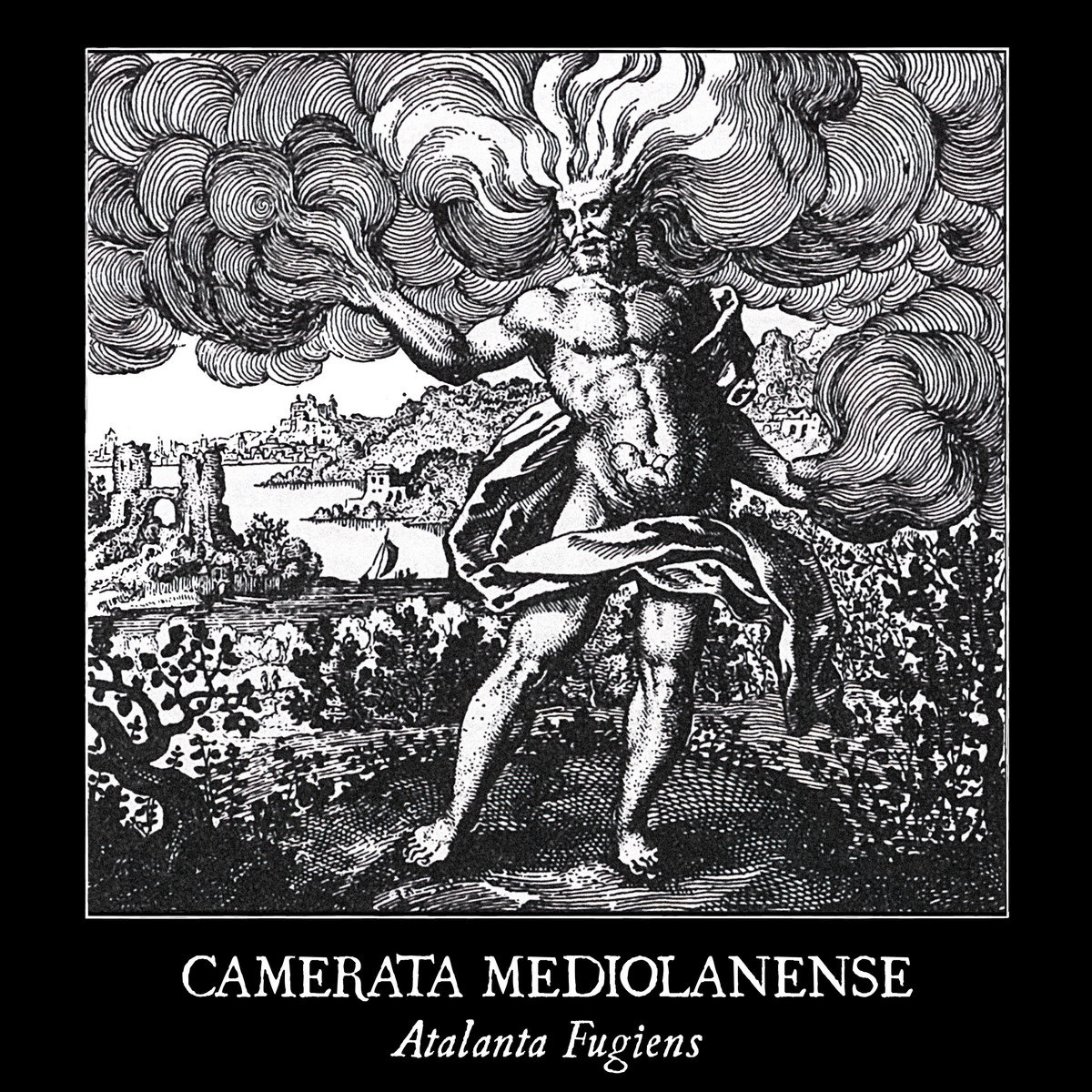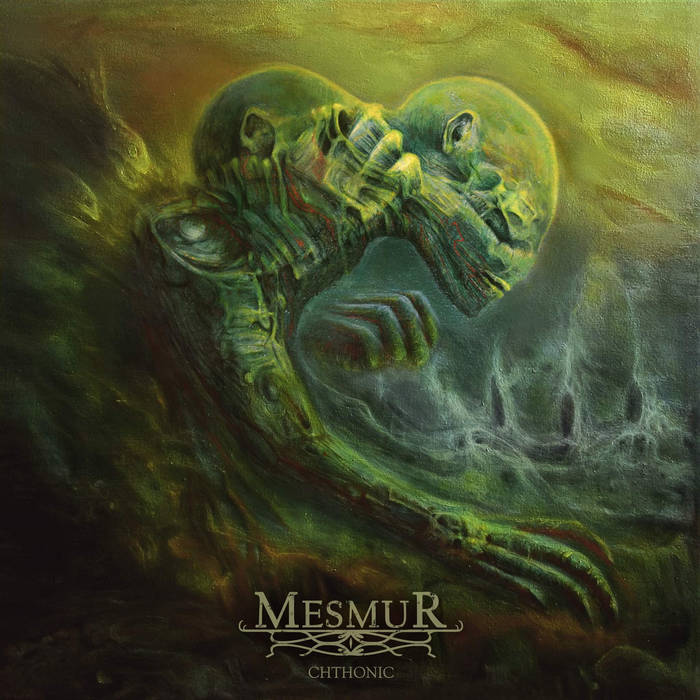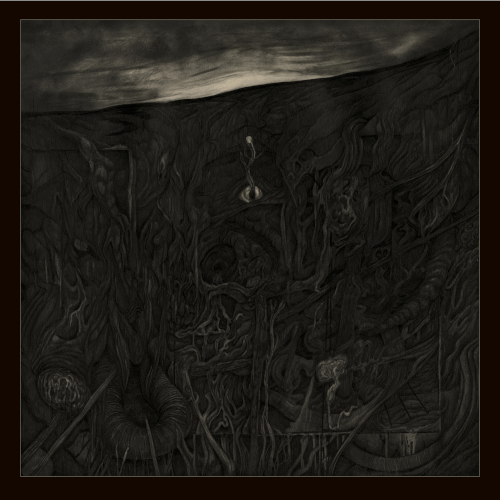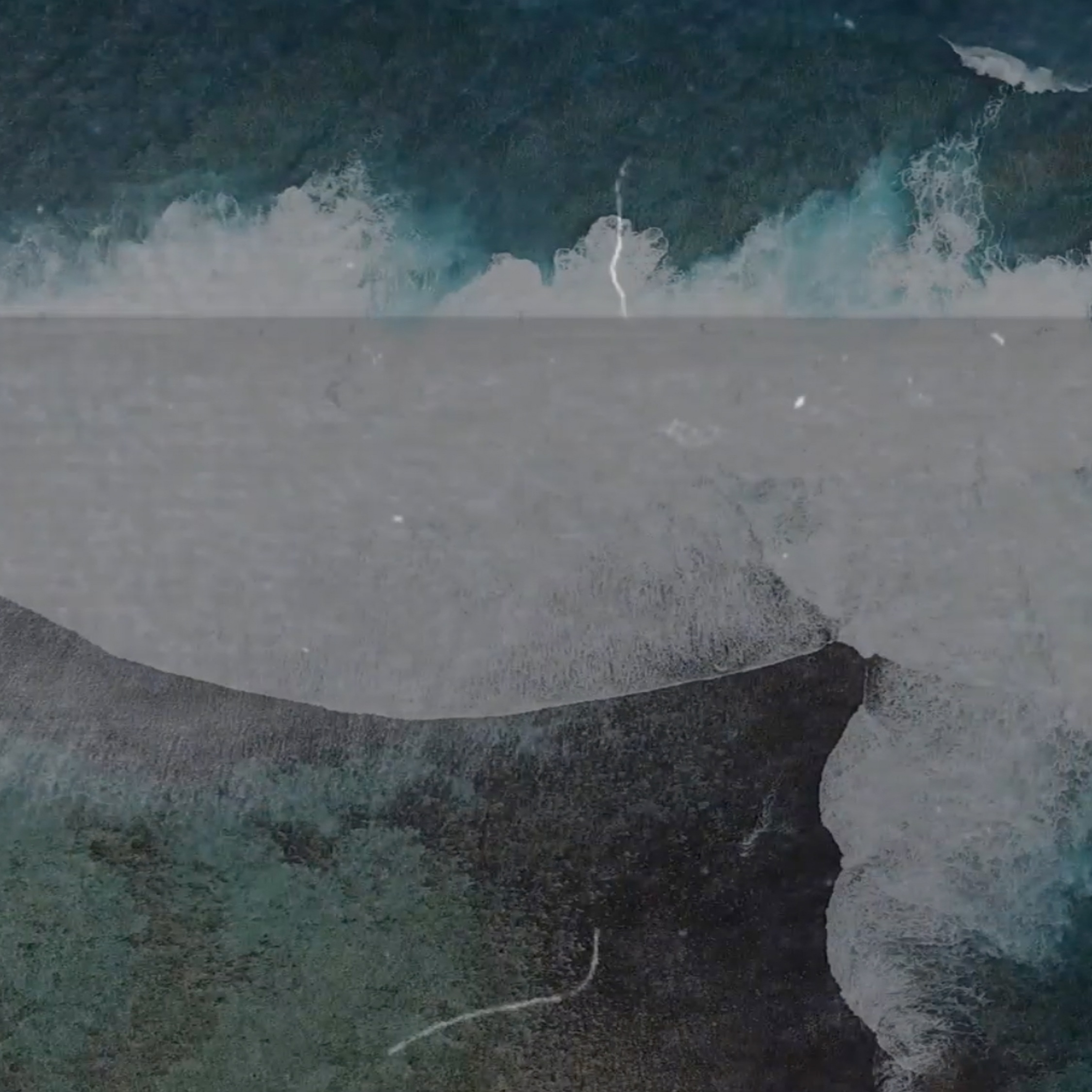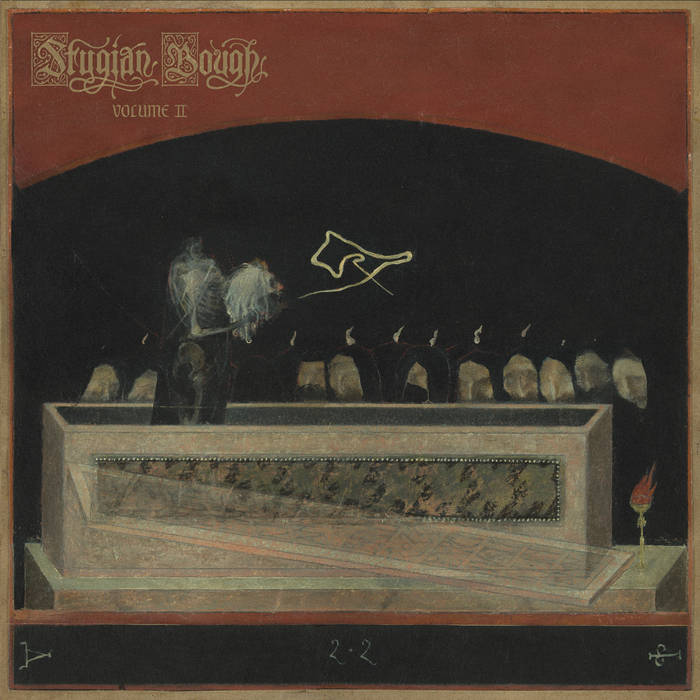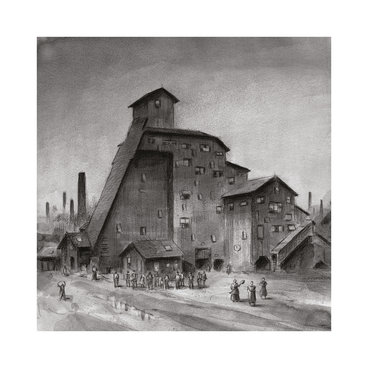How hard can it be to define the sound of a band? For near 30 years this question has been taken to new levels by Camerata Mediolansense. Is this Baroque New Wave? Or New Classical Punk? Are we talking about World Chamber Music? Can we classify them as Blackened Choir Music? Know what - all of these are possible. Whether one should listen to this record only has two answers: Yes, if you like your music different. Yes, if your musical taste is not bound by genres, historical periods or even languages. If (one of) these things matter to you, then you can stop here - for all the others: Welcome to the world of Atalanta Fugiens!
Careful, this review will lead me onto thin ice, as the music is not only bordering on Classical music or is influenced by it, but it really is, in a sense, Classical music. We have a “Chamber Ensemble” ( = “camerata”) consisting of eight people as the foundation of an open collective idea. Half of them provide the lead vocals - the sopranos of Désirée, Chiara and Carmen and the male lead by Evor, who is simulatenously part of the six-voice choir and one of four percussionists. It becomes clear that this ensemble is one of skilled multi-taskers. When you then consider the fact that the other main instruments besides the percussion elements are harpsichords and keyboards, the Classical roots become even more obvious. Nevertheless, do not take the group from Milan, Italy (hence the second part of their name “Mediolanense”) as a group of nerds who try to emulate the Renaissance and Baroque masters of old, no, their sound is much more than that: It is diversified with the help of modern soundscapes (remember the keyboards) and attitudes. Punk is what you make it, and sometimes being different can be taken to a level, where the sound at first listen seems to fall out of time and place, because of many different things like the percussive elements, which are audibly multiudinous but so amazingly in-sync that it needs some time to notice that it is more than one drum being beaten. Naturally, classically trained vocals also are not typical for the thing we at VoS talk about - yet another unusual part of the allure that Camerata Mediolanense have been playing with over the 30 years of their existence. When a band then also uses a 16th century “Emblem Book” as the basis for their lyrics written in Latin (the lingua franca at the time) the whole thing takes on another level, but that is something we often deal with here - projects that are complex, manifold and intellectually challenging. Here - we have it, a connection to the regular things here. Some of you will have read that term above (Emblem Book) are might be waiting for an explanation: Emblem books were books that featured emblems (pieces of art that one might remember from history class, when you were looking at the war of woodcuts from the time of the Reformation between the supporters of the papacy and the reformators like Luther, Calvin or Zwingli. Now in this case, Camerata Mediolanense found a book by Michael Maier released in 1617 (just a year before the start of the Thirty Years War, so imagine the tensions around then!) and this book featured 50 emblems which each had one topic, one explanatory text and one musical fugue. Talk about universally skilled folks. The cover for Atalanta Fugiens (“Fleeting (Goddess) Atalanta”, who was one of the goddesses associated with the goddess of hunters, Artemis). Camerata were so fascinated by it that they chose nine of these emblems plus the three-part-fugue of the final emblem for their new record.
When talking about music we should also make the connection to the present: This record is channeling so many artists that one can only admire: Dead Can Dance or Heilung could be the first to come to mind, but sometimes we find percussive “blastbeats” on this record suitable for some Chamber Black Metal. I found myself sometimes reminded of the original version of OMD ”Joan of Arc”, the way some of the bells are used this could also be part of Chumbawamba’s often overlooked miners’ songs record. There is a certain wonderful simplicity to it that we surely neglect the amazing level of songwriting that main songwriter Elena Previdi has come up with and that her fellow bandmates then set into vinyl (maybe shellac?). Songs like ”Corallus” or ”Mercurius” sound as if Carl Orff saved them from extinction with the help of his Carmina Burana or as if they are a long-lost part of Mozart’s Requiem cross-referencing some 18th, 19th sea shanties.
There would be so many more levels I could praise Atalanta Fugiens, however I think the record presents a unique chance to listen to something with a very fresh ear, be surprised by how modern something can sound even though its roots are more than 400 years old. Modernity stemming from the early modern period, when so many of our regular things were invented. Maybe even New Wave, Black Metal or Punk. Panta rei, Camerata Mediolanense might answer.

